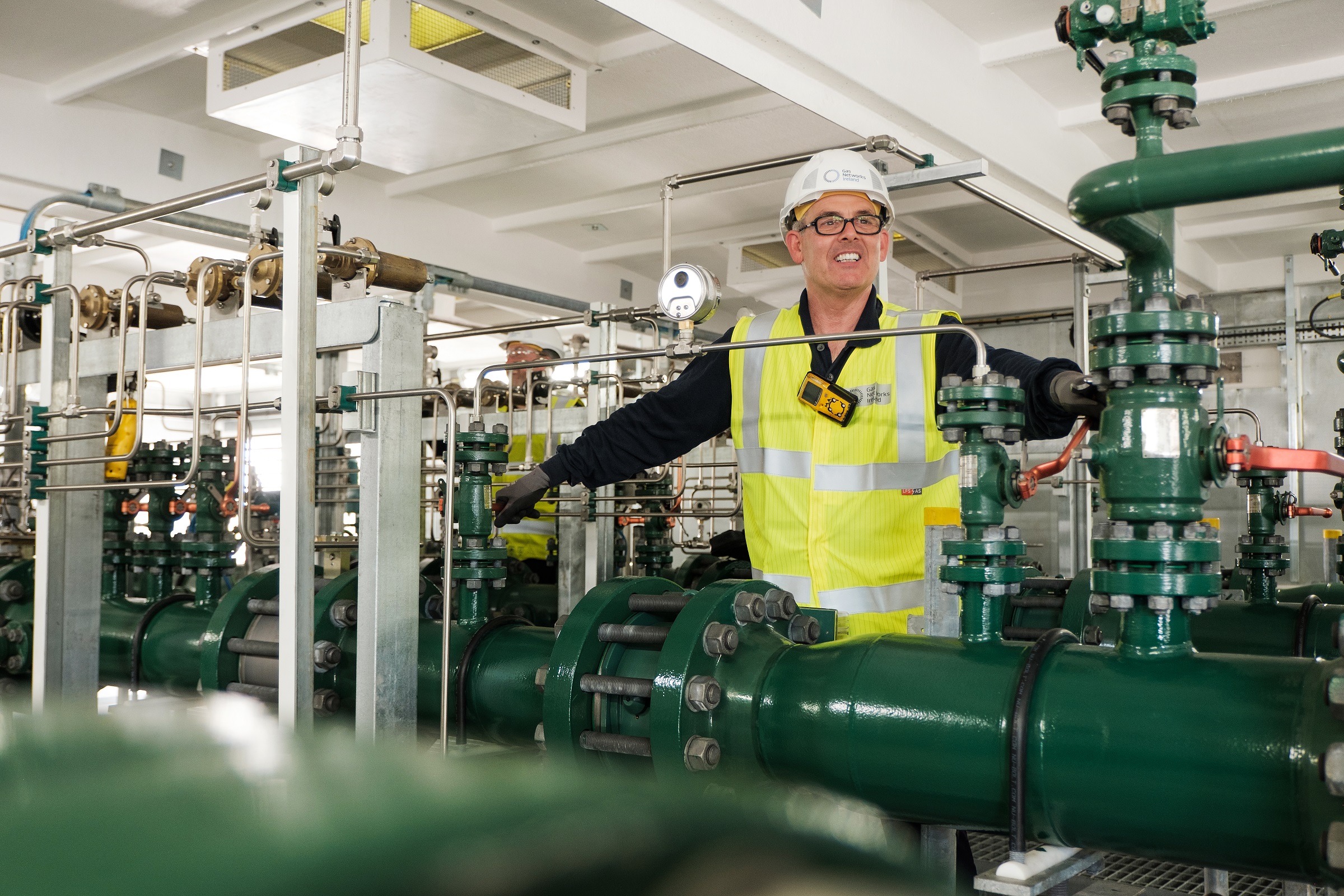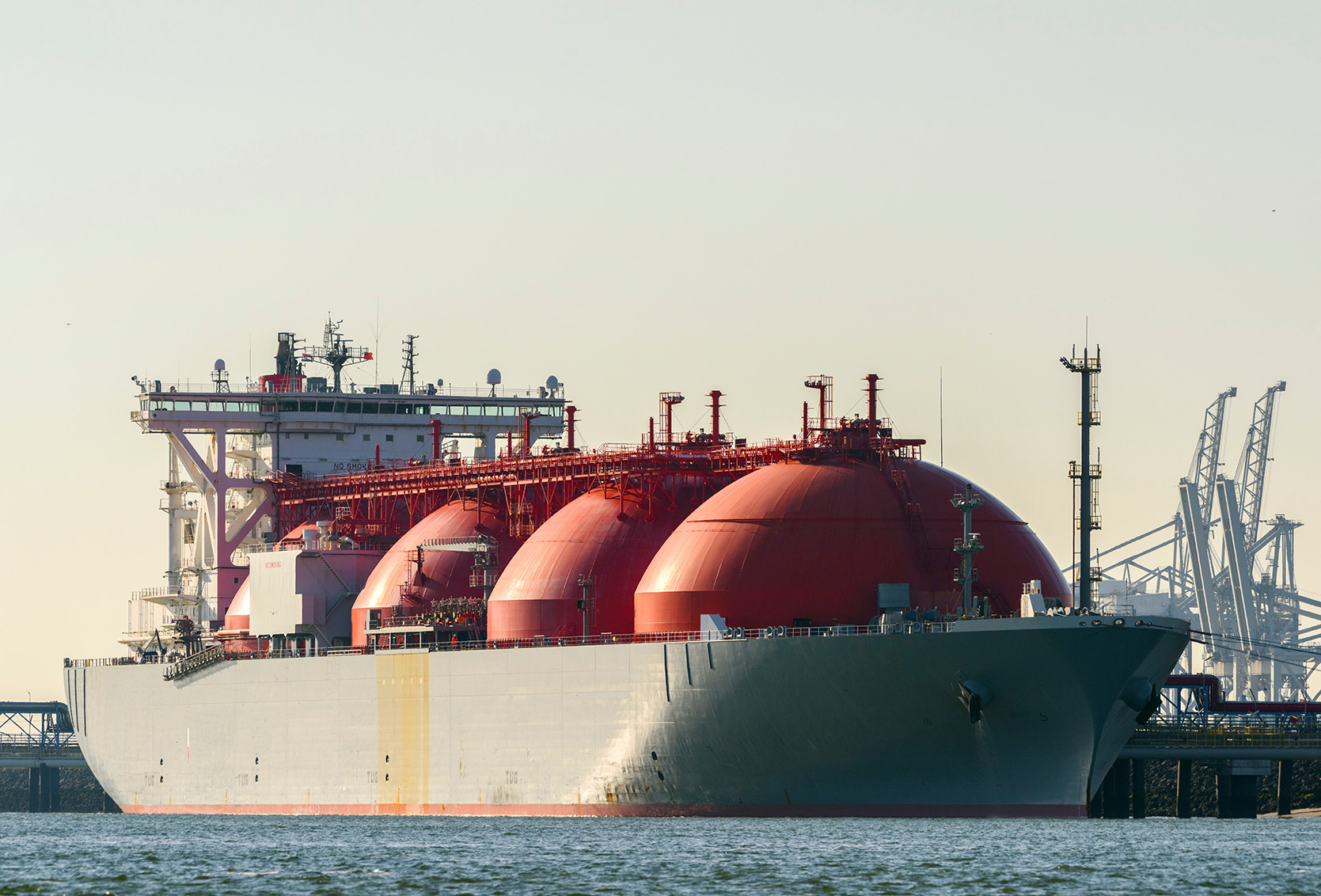Why do we need a strategic reserve?
Currently, Ireland relies heavily on imported natural gas. Approximately 80% of our supply is delivered from Great Britain. Ireland is the only European country with no domestic gas storage, no long-term indigenous supplies, and no alternative supply routes. This leaves us uniquely and unacceptably vulnerable to disruption, which could last several months, and result in significant impacts to our daily lives and the Irish economy.
The Shannon Estuary announced as the location for Ireland’s Strategic Gas Emergency Reserve
Gas Networks Ireland has confirmed Cahiracon, Co. Clare, along the Shannon Estuary, as the site for Ireland’s new Strategic Gas Emergency Reserve (SGER) – a state-led project designed to strengthen Ireland’s energy security.
Learn more
Energy Security in Ireland
Natural gas provides around 30% of Ireland’s primary energy needs and generates more than 40% of our electricity.
On days of peak demand, more than 80% of Ireland’s electricity generation can be supported by natural gas.
Ireland imports 80% of its natural gas through two interconnector pipelines from Great Britain.
A disruption to these gas supplies could leave homes and businesses without heating or electricity for an extended period, up to several months.

The solution
A floating storage regasification unit (FSRU) has been identified and validated as the optimal solution for the SGER. This specialist ship stores liquefied natural gas (LNG) and converts it to natural gas when required. It will dock at a jetty and deliver this natural gas to the existing gas network. FSRUs are a proven and safe technology which have been in use for 20 years. There are approximately 50 in operation globally as of 2025.
Pathway to a Net Zero Carbon Network
Our Pathway to a Net Zero Carbon Network details a transformative journey towards a repurposed, resized, and fully decarbonised gas network by 2045.
